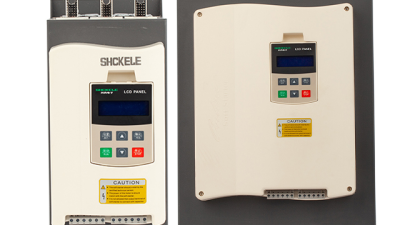Innovative Applications of Vfd 220 380 in Modern Industrial Automation
Table of Contents
- Exploring the Impact of VFDs on Energy Efficiency in Industrial Automation
- Key Benefits of Integrating VFD 220 and 380 in Manufacturing Processes
- Comparative Analysis of VFD Technologies in Modern Industrial Applications
- Real-World Case Studies: Success Stories of VFD Implementation
- Future Trends: Innovations in VFD Technology for Industry 4.0
- Best Practices for Selecting and Implementing VFDs in Industrial Settings
- The Essential Guide to Choosing the Right Soft Starter for Your Industrial AC Motors
- FAQS
- Conclusion
- Related Posts
Lately, the industrial automation world has seen some pretty exciting progress, all thanks to new tech—especially variable frequency drives, like the VFD 220 380. If you haven't heard, a report from Research and Markets mentions that the global VFD market could hit around $18.7 billion by 2025. That's a solid jump from 2020, growing at over 7%. The main reason? More industries are after energy-saving solutions and automation to streamline their processes. Here at Zhejiang Chuanken Electric Co., Ltd., we've been deep in the game for 15 years, working on R&D and manufacturing those automation control products like VFDs. We're really passionate about pushing innovation forward—helping industries unlock the full power of automation, improve efficiency, and cut down costs. Plus, the smooth integration of VFD 220 380 doesn't just boost productivity; it also plays a part in supporting more sustainable manufacturing practices in today's tough market. Pretty exciting times, right?
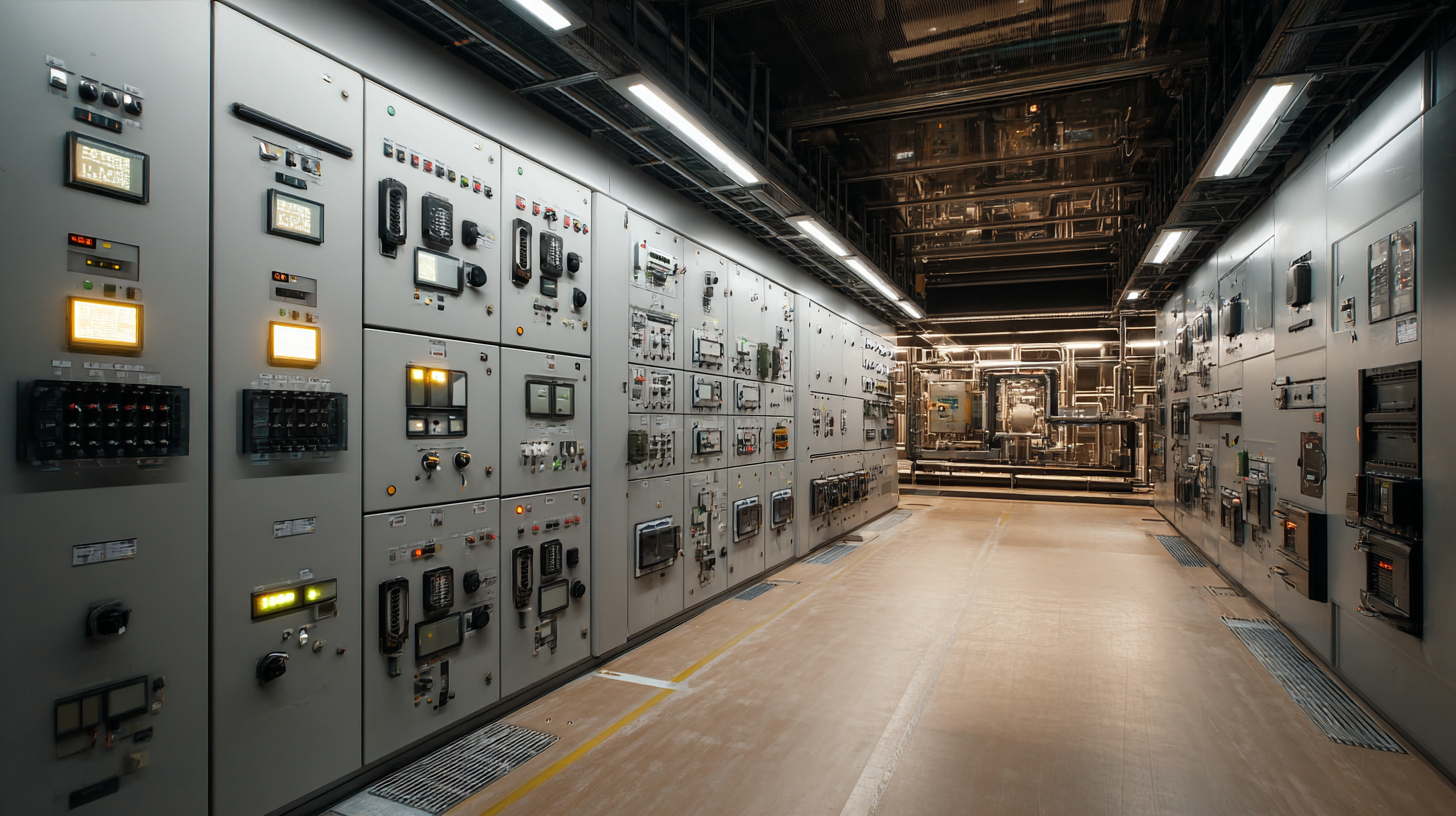
Exploring the Impact of VFDs on Energy Efficiency in Industrial Automation
Variable Frequency Drives, or VFDs for short, have really honestly changed the game in modern industrial automation. They make a huge difference when it comes to saving energy in all sorts of applications. Basically, they give you much more control over motor speed and torque, which means you’re not stuck running things at full blast all the time. Compared to those old fixed-speed systems, VFDs can really cut down on energy use. This tech helps industries run their machines more efficiently, which not only saves money but also means lower operational costs overall.
Putting VFDs into stuff like conveyor belts, pumps, and fans isn’t just about wasting less energy—it's also about making equipment last longer because there’s less mechanical wear and tear. And since they can tweak motor output in real time based on what's actually needed, companies can operate more sustainably and cut down their carbon footprint. Plus, features like soft starting—so motors don’t jerk into action—and regenerative braking, which recaptures energy, really boost the overall efficiency. All of these things make VFDs pretty much essential in today’s industrial automation landscape.
Impact of VFDs on Energy Efficiency in Industrial Automation
Key Benefits of Integrating VFD 220 and 380 in Manufacturing Processes
You know, integrating Variable Frequency Drives (VFDs) operating at 220V and 380V into manufacturing setups is really shaking things up in industrial automation these days. They’re great for cutting down energy use and making operations run smoother, which not only saves money but also helps your equipment last longer. If you look at the market projections, the global VFD scene is set to jump from about $25.78 billion in 2024 all the way up to $47.44 billion by 2035. That’s roughly a 5.7% annual growth rate between 2025 and 2035 — pretty impressive and clearly shows how much companies are racing to adopt energy-efficient tech in their processes.
One of the coolest things about VFDs is how they give you tight control over motor speed and torque. That means you can really fine-tune how your machinery works, which often leads to some serious electricity savings. And of course, less power consumption equals lower operating costs and a smaller environmental footprint — win-win, right? To get started, I’d recommend doing a detailed check of your current systems to spot where VFDs could really make a difference. Also, don’t forget to train your team on how to get the most out of these new tools.
Plus, with VFDs, everything tends to run more smoothly, and the quality of your products can improve since you’ve got better control. It makes your production lines more flexible and quick to adapt when market demands change. Honestly, bringing VFDs into your manufacturing isn’t just about upgrading your tech — it’s a smart move for boosting efficiency, being more sustainable, and staying competitive in the long run.
Comparative Analysis of VFD Technologies in Modern Industrial Applications
In today’s world of industrial automation, Variable Frequency Drives (or VFDs for short) are pretty much everywhere, especially the models running at 220V and 380V. They’re super versatile and used across different sectors. If you look into the differences between VFD technologies, you'll notice some pretty big gaps in things like efficiency, performance, and which jobs they’re best suited for. For example, the 220V VFDs are often the go-to choice for smaller machines or setups where space is tight. On the flip side, those 380V VFDs are better for larger, more heavy-duty equipment that needs lots of power and torque.
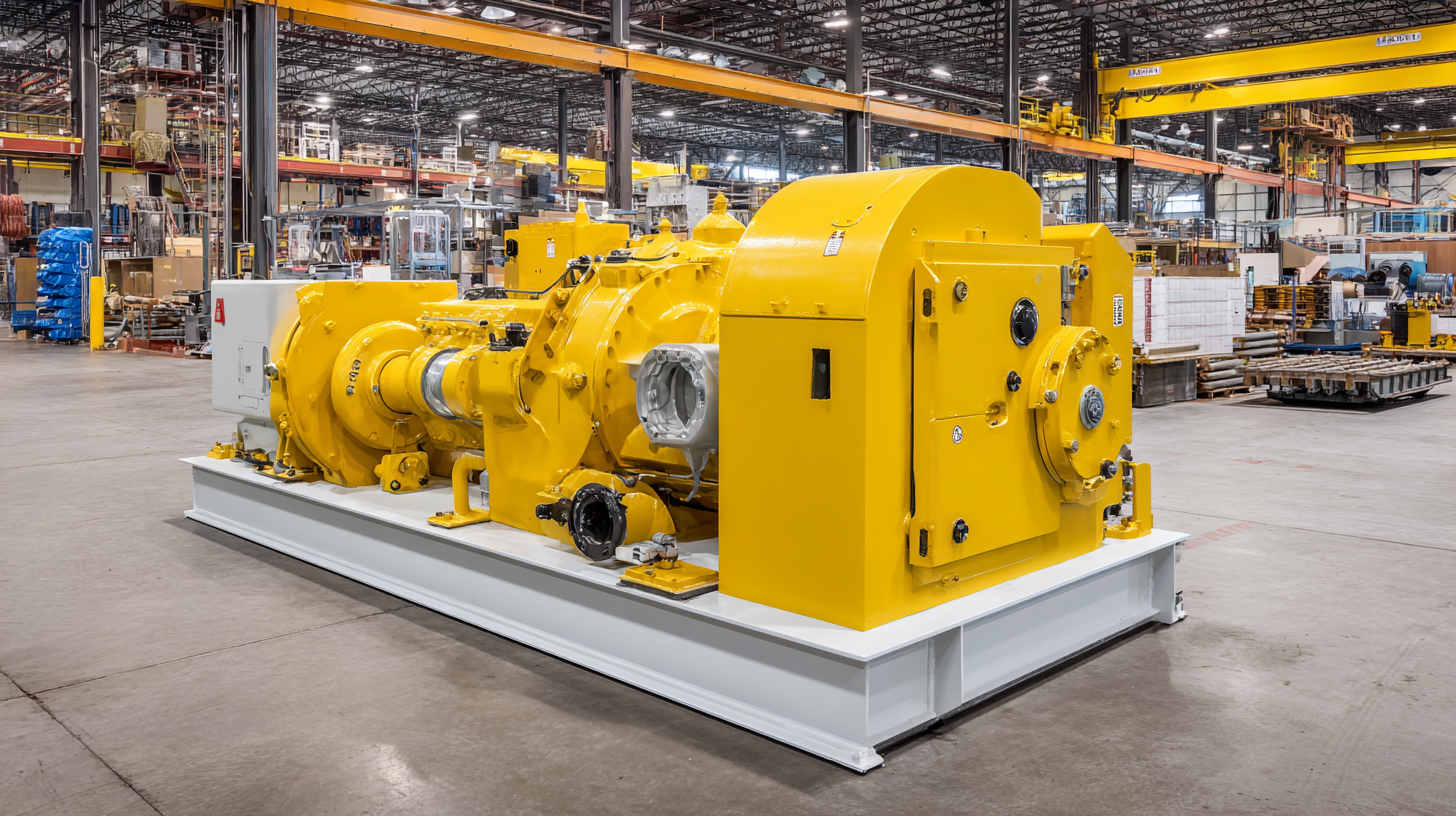
When you're picking out a VFD for your setup, it’s really important to think about what your machinery actually needs. Some tips to get the most out of your VFD include making sure it’s the right size for your motor and keeping your voltage steady so you don’t run into overload problems. Also, don’t overlook fancy features like regenerative braking — it can really boost energy efficiency and help your gear last longer.
Another thing to keep in mind is whether your current infrastructure can handle the new VFD technology. Upgrading old systems with modern, smart VFDs can seriously improve how you control processes and gather data. Plus, if you choose VFDs with connectivity options, it makes monitoring stuff easier and can help your whole operation run smoother and more efficiently.
Real-World Case Studies: Success Stories of VFD Implementation
Hey, you know, in today's world of industrial automation, Variable Frequency Drives (or VFDs) are really becoming game-changers. I’ve come across some pretty interesting stories showing how they’ve made a big difference in different industries. Take a big manufacturing plant, for example. They decided to add VFDs to their conveyor belts, and it paid off big time. By figuring out how fast the motors needed to run based on what's happening in real-time, they managed to cut down energy use by about 25%. Plus, they got a boost in production speed! Not only did this save them some serious cash, but it also helped reduce wear and tear on the machines, so they last longer.
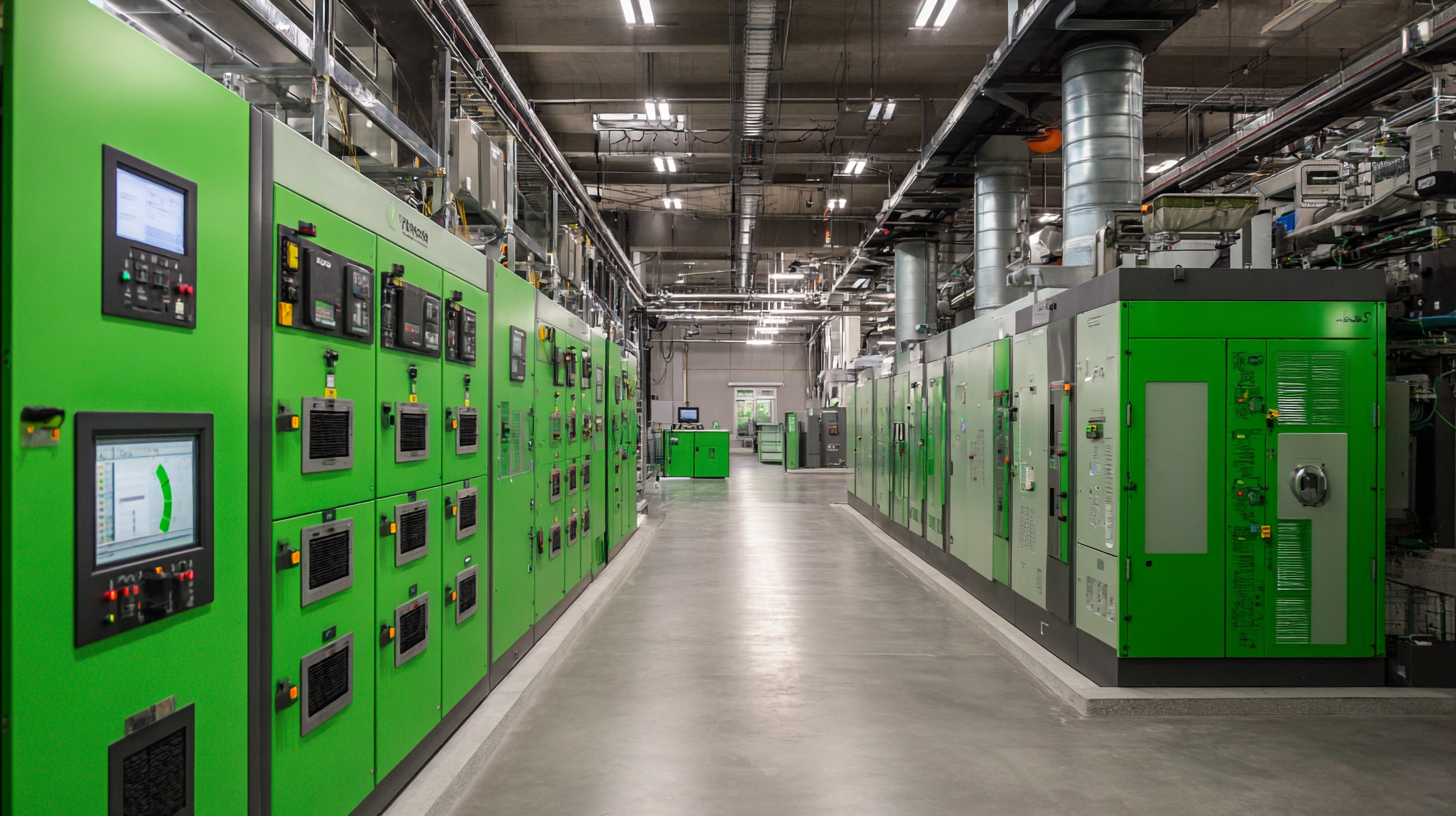
And then there's the water treatment side of things. A municipal wastewater plant started using VFDs to manage their pumps better. Before, the pumps just ran at the same speed all the time, which led to wasting energy and overdoing it on pumping. Once they switched to VFDs, they could tweak the pump speeds based on what's actually needed, leading to a cool 30% cut in energy costs and making the whole system run smoother. It really just shows how versatile these drives are—they can help companies be more sustainable while also meeting the ever-changing demands of the industry.
Future Trends: Innovations in VFD Technology for Industry 4.0
You know, the evolution of Variable Frequency Drives (VFDs) has really hit a new high with Industry 4.0 taking center stage. It’s opening up all sorts of cool possibilities across different industries. One of the biggest shifts is how VFDs are now seamlessly connecting with advanced IoT tech, which means we can monitor and analyze things in real-time. This kind of connectivity isn't just fancy; it actually helps predict maintenance issues before they happen and makes energy use way more efficient. Using machine learning, these modern VFDs can even tweak their performance based on past data and what's happening right now, making manufacturing processes smarter and more responsive.
And then there’s the whole AI angle. Incorporating artificial intelligence into VFDs is a game changer. These smart drives can basically make decisions on their own—adjusting motor speed or torque depending on what's going on around them or how production is going. That means less downtime and better product quality because everything’s more precisely controlled. As industries gear up for more automation, I honestly think the future of VFDs in Industry 4.0 looks pretty exciting. They're not just about smoother operations; they also help us hit sustainability targets by cutting down on energy waste.
Innovative Applications of Vfd 220 380 in Modern Industrial Automation - Future Trends: Innovations in VFD Technology for Industry 4.0
| Application Area | VFD Type | Efficiency Improvement (%) | Energy Savings (kWh) | Future Trend |
|---|---|---|---|---|
| Conveyor Systems | VFD 220 | 15% | 2000 kWh | Integration with IoT |
| Pumps | VFD 380 | 20% | 3000 kWh | Smart Metering |
| HVAC Systems | VFD 220 | 10% | 1500 kWh | Predictive Maintenance |
| Fans | VFD 380 | 25% | 5000 kWh | Enhanced Control Algorithms |
Best Practices for Selecting and Implementing VFDs in Industrial Settings
When you're choosing and setting up Variable Frequency Drives (VFDs) for your industrial automation projects, there's a few best practices you’ll want to keep in mind. First off, it’s really important to get a good understanding of what your specific application needs. Checking out the motor’s specs—like voltage and current ratings—can help you pick the right VFD that’ll work efficiently and boost overall performance. Trust me, taking that step makes a world of difference.
Here’s a helpful tip: make sure to double-check that the VFD and motor are compatible. Mismatched pairs can cause all sorts of issues—damage or poor performance—so it’s better to nail that down early on.
Another thing to think about is the environment where you’re installing the VFD. Things like temperature, humidity, and dust can really affect how reliable these drives are. It’s smart to choose models that are rated to handle those conditions.
And here’s a tip worth remembering: consider adding protective enclosures or filters, especially if you’re working in tough environments. Good cooling solutions also play a part in keeping everything running smoothly and preventing overheating.
Last but not least, don’t forget about regular maintenance and keeping an eye on how the VFD is performing. Using diagnostic tools or monitoring software can help catch problems early, and that means fewer surprises down the line.
Pro tip: schedule routine check-ups and think about predictive maintenance—getting ahead of potential issues can save you a lot of headache and keep your operations running smoothly without hiccups.
The Essential Guide to Choosing the Right Soft Starter for Your Industrial AC Motors
Selecting the right soft starter for your industrial AC motors is a critical decision that can significantly impact your operational efficiency and equipment longevity. One of the standout products in this space is the SCKR1-6000, designed specifically for heavy-duty applications. This AC/AC inverter offers unparalleled performance with its triple output type, making it suitable for various industrial motors. With an output current capacity ranging from 25A to 1600A, the SCKR1-6000 provides versatility that can cater to a wide array of motor sizes and applications.
When evaluating soft starters, it is essential to consider how they handle the starting current and torque, as well as their ability to protect the motor from overload conditions. The SCKR1-6000 excels in these areas, ensuring that your AC motors start smoothly while minimizing electrical stress. This is crucial not just for enhancing the operational efficiency of your machinery but also for extending the lifespan of both the motors and the connected equipment. With its robust features and reliable performance, the SCKR1-6000 is an excellent choice for industries looking to optimize their motor control and performance.
FAQS
: VFDs are used to control the speed and torque of electric motors in various industrial applications, enhancing operational efficiency and energy savings.
220V VFDs are suited for smaller machinery and space-constrained applications, while 380V VFDs are designed for larger equipment requiring high power and torque.
To optimize VFD performance, ensure proper sizing for your motor load, maintain consistent voltage levels, and use advanced features like regenerative braking.
Consider the specific requirements of your machinery, including power needs, space limitations, and the compatibility of your existing infrastructure with the chosen VFD technology.
VFDs have significantly reduced energy consumption and improved operational efficiency in various sectors, as demonstrated in case studies involving manufacturing and water treatment facilities.
Yes, VFD implementation can lead to substantial cost savings by reducing energy consumption and minimizing wear on equipment, thereby extending its lifespan.
Connectivity options in modern VFDs enhance monitoring and integration capabilities, allowing for improved process control and data acquisition in industrial operations.
The manufacturing plant reduced energy consumption by 25% and improved production throughput by adjusting motor speeds based on real-time demand with VFDs.
VFDs enabled a municipal wastewater treatment facility to modulate pump speed according to flow requirements, achieving a 30% reduction in energy costs and improved system performance.
Yes, VFDs support sustainable practices by optimizing energy use and adapting to dynamic operational demands, thus reducing environmental impact.
Conclusion
Hey there! So, I came across this blog called "Innovative Applications of VFD 220/380 in Modern Industrial Automation," and honestly, it’s pretty eye-opening. The article digs into how Variable Frequency Drives—or VFDs—are really changing the game when it comes to making industrial setups more energy-efficient. You know, it talks about the big perks of using VFD 220 and 380 in manufacturing lines, showing how these techs can sharpen performance and cut down on costs. They even do some side-by-side comparisons and throw in real-world case studies—stuff that actually shows how companies are successfully putting VFDs to work.
Looking ahead, the blog is pretty optimistic about future tech advances, especially with Industry 4.0 becoming more mainstream. It stresses how crucial it is to follow best practices when choosing and deploying VFDs in factories. Oh, and by the way, Zhejiang Chuanken Electric Co., Ltd., with its solid 15-year track record in industrial automation control products, seems really well-positioned to lead the charge. They’re all about pushing efficiency and boosting productivity through these VFD techs.
All in all, it’s a pretty insightful read if you’re into how automation tools are evolving and shaping the future of industry.
Related Posts
-

5 Key Benefits of Choosing the Best VFD Pump Controller for Enhanced Efficiency
-
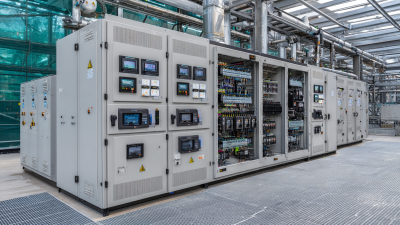
Future Trends in VFD Market Analysis for 5.5kw Drives by 2025 with Essential Tips for Success
-

How to Navigate the 2025 Trends in Vfd Power Cable Selection for Global Buyers
-

How to Choose the Best 45kW VFD for Your Industrial Applications
-

Discover the Top 10 Vfd Applications for Enhanced Performance and Efficiency
-

Ultimate Checklist for Sourcing the Best VFD 22kw for Your Industrial Needs


